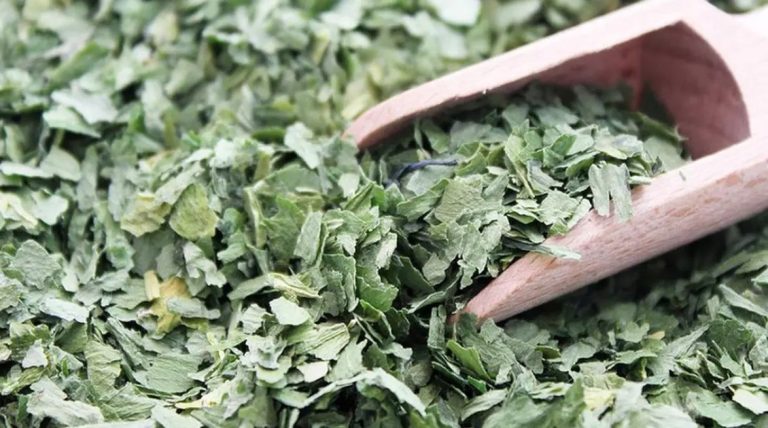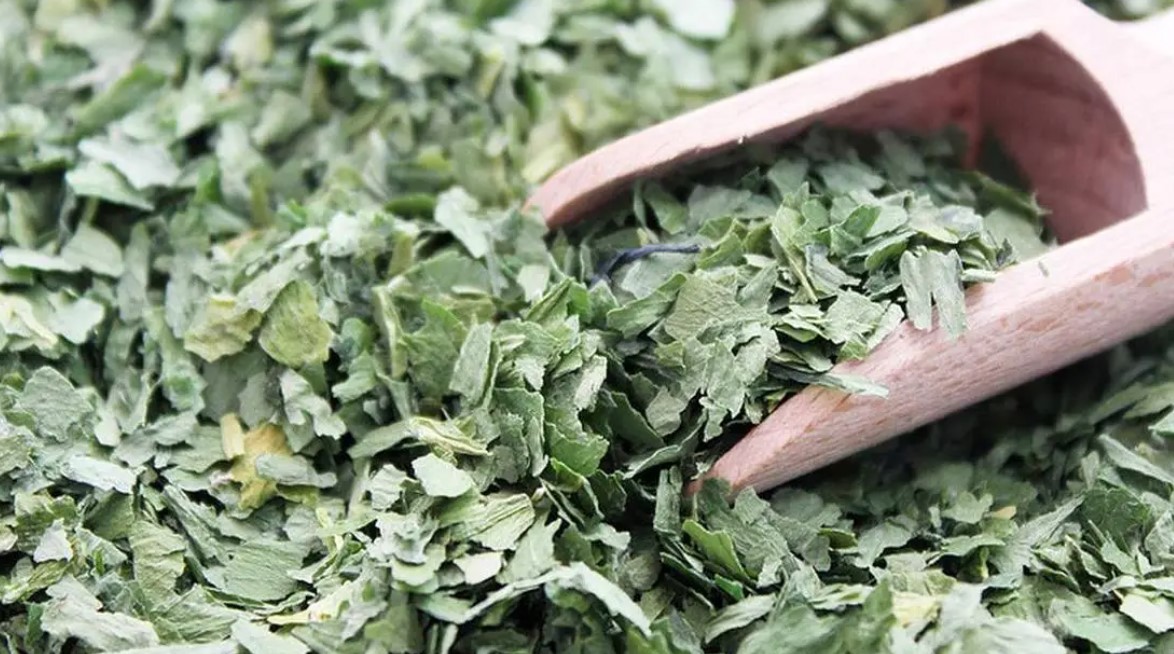Food waste is a global problem. Far too often food ends up in the trash. A study shows that people who buy healthy food often throw away more. This wastes a lot of resources – and harms the environment.
Study shows: Fruit and vegetables in particular end up in the trash
The study examined the relationship between diet quality, consumer food waste and various sustainability measures. A look at the results shows that between 2007 and 2014 an average of 422 grams of food per person was thrown away every day.
Important resources are used to grow fruit and vegetables: in particular, irrigation water and pesticides are required more than for other foods. These resources are also wasted by throwing away fruit and vegetables – important resources that could have been used to grow other foods.
Wasted resources – simple household countermeasures
Accordingly, consumers who strive for high-quality nutrition are faced with the challenge of buying the right amount. Increased consumption of fruits and vegetables means buying more – which in turn increases the risk that some of it will go uneaten and end up in the trash instead. According to the researchers from the USA, this could be particularly difficult for consumers with little time and money and for families with children.
However, there are some approaches to counteract this. For example, you can enter exactly when which meal is prepared on a plan. This way you can plan better. In addition, consumers can find out how to store fruit and vegetables correctly so that the food does not become inedible. Another option is to freeze the food in between.

Impact: Waste also harms the environment
The “Federal Environment Agency” also warns against the careless disposal of food in the garbage: The authority emphasizes above all the drastic consequences this has for the environment: “More than 38 million tons of greenhouse gases are produced every year, a good 43,000 square kilometers of agricultural land are used, as well as 216 million cubic meters of water are consumed”, reports the “Federal Environment Agency”.
Conclusion: A healthier diet often goes hand in hand with increased food waste. Fruit and vegetables in particular often end up in the garbage. This not only wastes resources, but also harms the environment. However, with a few simple tips and a greater appreciation for food, this can be countered a little in the household.







